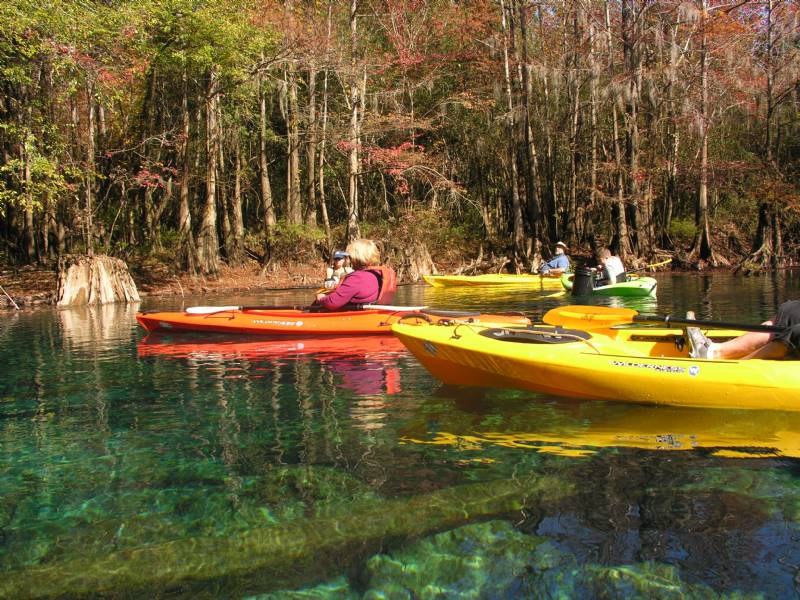Deep sea mussels can be found near hydrothermic vents. They are similar to shallow water clams, but differ in that they generally have larger gills. Some also have smaller guts, feeding on microbes, or single celled organisms. Bigger gills allow the intake of more microbes, allowing deep sea mussels to be able to survive even if a hydro-thermal vent becomes inactive.
Thousands and sometimes even millions of shrimp can be found congregating around one area of hydrothermic vents.Deep sea shrimp are drastically different compared to shallow water shrimp because they are translucent in color because they do not have a need to process sunlight, and they are also blind by evolution because of the lack of sunlight. Similarly to mussels and clams, microbes make up a shrimp's diet. Shrimp also participate in the life cycle of deep sea animals by playing its role as sustenance for other deep sea creatures like crabs and fish.

Another bizarre creature that looks as if it had come from another planet is the Giant Tube Worm. Giant Tube Worms are also known as Beard Worms and can grow up to eight feel long! Tube worms haven't any digestive tract at all, instead they are reliant solely on the bacteria living within them to convert the chemicals from hydro-thermal vents into usable organic molecules. Their most distinguishing characteristic is the read plume at the heads of their stems. These plumes allow for the intake of chemicals from the vents to the bacteria inside them. The large concentration of blood at the plume causes it to be red.
There is little knowledge of Eelpout fish that lie near hydro-thermic vents, besides its diet, which consists of crustaceans, such as deep sea crabs. However like deep sea shrimp, Eelpout fish lack color due to the lack of sunlight.
Pompeii Worms are the most heat-tolerant animals that we know of today, hence the name Pompeii. It's habitat consists of burying itself in the sides of hydro-thermal vents, where water can reach temperature of 176 degrees Fahrenheit. Pompeii worms are involved in symbiotic relationships with bacteria living on their backs, which protect them from extreme heat, while feeding off of mucus that the worm secretes. It's foot is anchored into the sides of the vent, while its head hangs out into much cooler water around 68 degrees Fahrenheit.


















